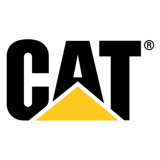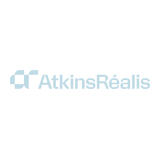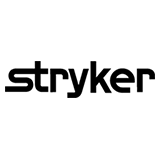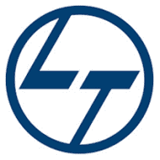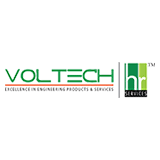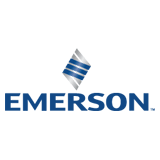Job
Description
Career Area:
Engineering:
Your Work Shapes the World at Caterpillar Inc.
When you join Caterpillar, you'rejoining a global team who cares not just about the work we do but also about each other. We are the makers, problem solvers, and future world builders who are creating stronger, more sustainable communities. We don'tjust talk about progress and innovation here we make it happen, with our customers, where we work and live. Together, we are building a better world, so we can all enjoy living in it.:
In this position, you will lead multi-functional groups that execute all phases of the NPI and RCCA for Medium Wheel Loaders. You will play a key role in leading light structure groups with a keen eye on the Quality, Time, and Cost of the program. This role will be expected to run multiple NPI programs at the same time and need to be involved in addressing the RCCA activities. You will be responsible for identifying and finding improvement opportunities that exist across Medium Wheel Loader light structure groups.Job Duties/Responsibilities
GeneralAs system/component design engineer, advise and answer engineering questions which comes from cross-functional team and customers, frequent collaboration with Supplier Development Engineer, Buyer, and Product support team.Prioritize workload and manage multiple projects simultaneously.Exhibit Excellent organizational, communication and presentation skills.Willing and able to collaborate with international teams in various time zones.Light StructuresDesign & detailing of Light structure systems (Conceptual development of components, assemblies, and groups).Experience in light structure design & detailing.Access and platform designWork on Creo (Sheet metal, Solid modelling, surface modelling, Top level assembly approach, Creo simulate etc)Responsible for all light structure system validation activities including analysis, test planning, and post-processing test data.QualityProvide engineering solutions to fix quality issues, such as field issues, carry-over analysis, NPI issues, production quality, CPI issues.CostProvide solutions for component cost reduction and re-sourcing.Should cost modelling.Proficiencies/Capabilities
Innovate new ideas and leverage existing/new technology to drive cross-product synergy.In-depth understanding of the system and system interactions with the ability to make trade-offs at the machine level to avoid sub-optimization at the system level.Require limited direction but collaborate extensively with peers, clients, product team, suppliers, and other cross-functional teamsExperience collaborating with suppliers to ensure manufacturing feasibility.Participated in a machine build/ machine validation test.Demonstrated experience in the following tools/methods:TC WorkflowCreo Sheetmetal, Creo Surface, Creo SimulateBolted Joint AnalysisBIQ processGeometric Dimensioning and Tolerancing (GD&T)ETQ Deviation/Advanced Product Quality Planning (APQP)/DFMEAVirtual Safety AuditProject ManagementNPI process/Structure/Gateway RCCAUse of Engineering Standards, Specifications, REDI Design GuidesBasic Qualifications:
Bachelor's degree from an Accredited College or University.Skill Descriptors Information CaptureKnowledge of the methods, channels and processes to obtain needed information; ability to identify, capture and document relevant business information in an auditable, organized, understandable and easily retrievable manner. Identifies information capture needs in own area. Describes key benefits, drawbacks and rationale for documenting relevant information. Provides examples of the risks associated with failing to record relevant information. Explains organizational methods for documenting, identifying and recording information. Standard Operating ProceduresKnowledge of established standard operating procedures (SOP); ability to design, implement and evaluate standard operating procedures affecting daily and strategic business operations in order to increase operational efficiency. Compiles current research relevant to standard operating procedures. Explains usage of standard operating procedures in business operations. Describes main issues and considerations when using standard operating procedures. Identifies key features and functions of standard operating procedures. Analytical ThinkingKnowledge of techniques and tools that promote effective analysis; ability to determine the root cause of organizational problems and create alternative solutions that resolve these problems. Names specific tools or techniques that can be used to support the analytical thinking process. Describes specific software applications or products used for business analytics. Gives examples of how analytical thinking has been used to resolve problems. Helps others research and learn more about business analytics tools and applications.
Relocation is available for this position.










